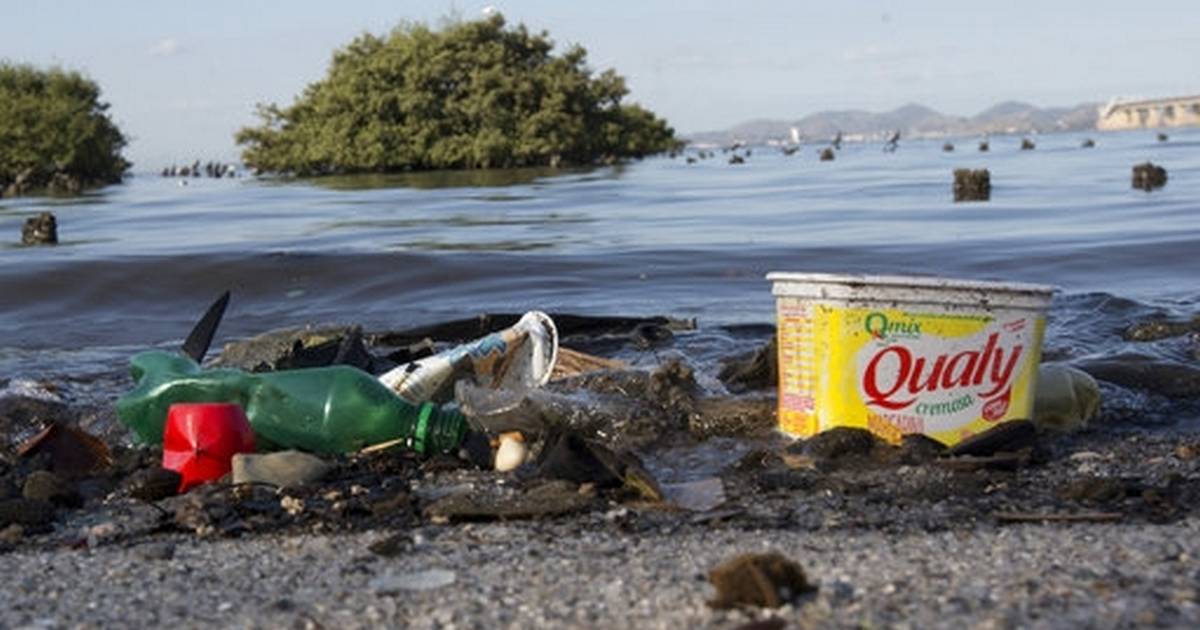New data from the Brazilian Institute of Geography and Statistics (IBGE) reveals that four out of ten cities in Brazil have experienced a decrease in population since 2010, despite a 6.5% growth in the country’s overall population during the same period.
Salvador (BA) tops the national ranking with the largest population decline, losing -257,651 inhabitants.
- Rio de Janeiro (RJ) follows with -109,023 inhabitants,
- São Gonçalo (RJ) with -102,984 inhabitants,
- Belém with -90,010 inhabitants,
- Porto Alegre (RS) with -76,781 inhabitants,
- Belo Horizonte (MG) with -59,591 inhabitants,
- Natal (RN) with -52,439 inhabitants,
- Recife (PE) with -48,784 inhabitants,
- Duque de Caxias (RJ) with -46,896 inhabitants, and
- Olinda (PE) with -27,803 inhabitants.
These figures compare the 2010 with the 2022 Census.

Despite population declines in some cities, São Paulo, Minas Gerais, and Rio de Janeiro remain the most populous states in Brazil.
Together, they account for 39.9% of the country’s population. São Paulo, with 44.4 million inhabitants, maintains its position as the most populous state, with approximately 21.8% of the Brazilian population residing there.
Roraima remains the least populous state, with 636.3 thousand inhabitants, but it demonstrated the highest annual growth rate over the 12-year period (2.92%). Amapá (733.5 thousand) and Acre (830 thousand) were the states with the fewest inhabitants.
The data highlights Brazil’s population dynamics, with varying growth and decline trends across different cities and states.

